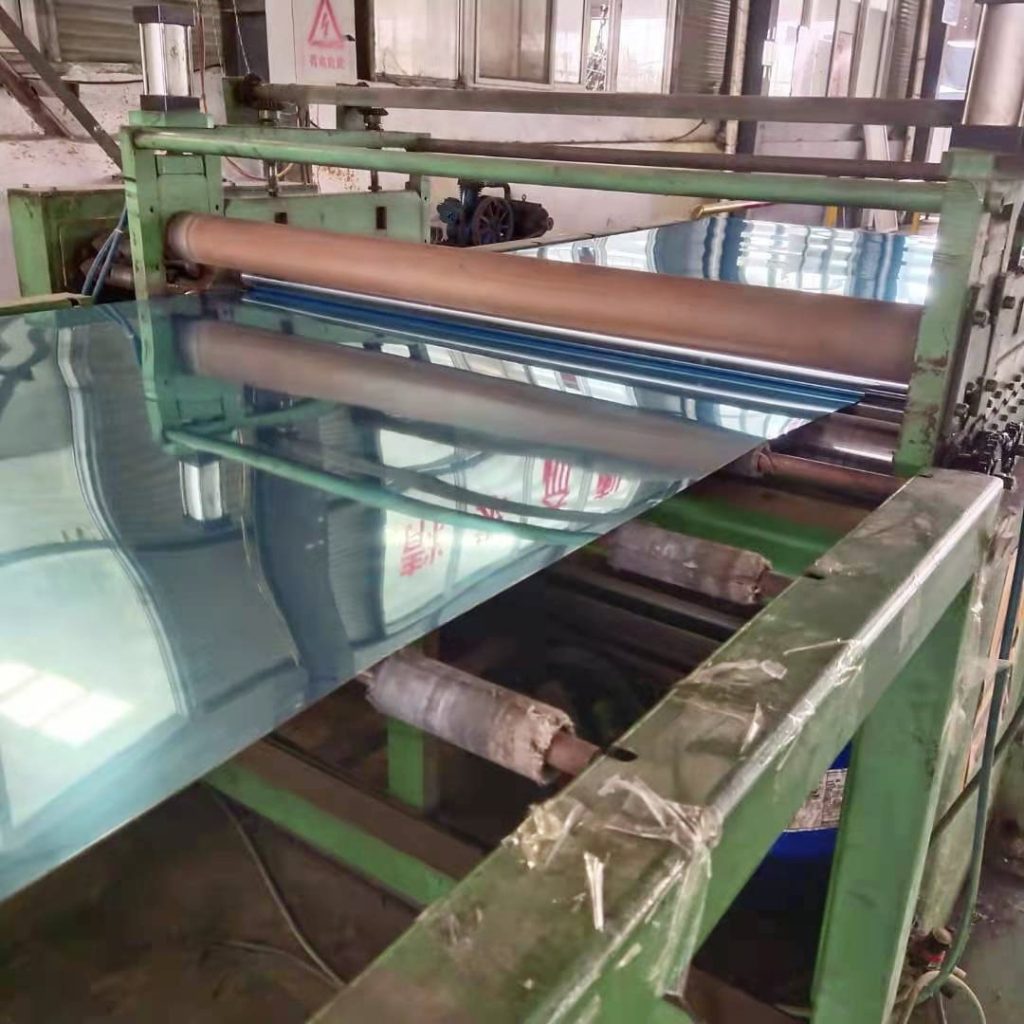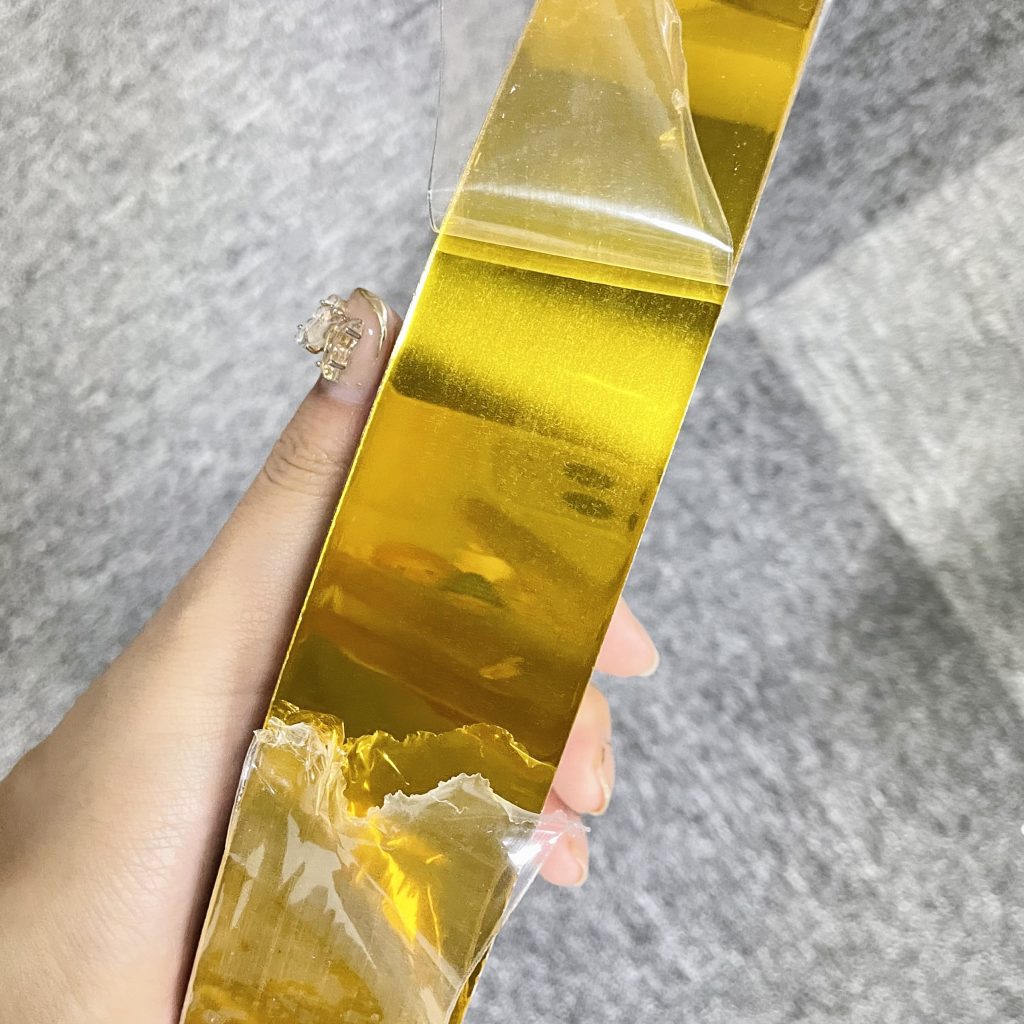Mirror finished aluminum is widely used in industries such as construction, transportation, and home decor due to its excellent reflective properties and elegant appearance. The processing of mirror finished aluminum is relatively complex and requires strict control at each step to ensure the quality of the final product. This article will provide a detailed overview of the processing steps involved in producing mirror finished aluminum.
Material Selection
The processing of mirror finished aluminum begins with material selection. Commonly used aluminum alloys include 1050, 1060, and 1070. These alloys possess good workability and corrosion resistance, making them suitable for mirror finished processing. Choosing the right aluminum alloy is essential for ensuring high quality in subsequent processing steps.

Hot and Cold Rolling
The thickness and surface characteristics of the aluminum sheet will affect the results of later processing. Generally, the aluminum sheet is hot-rolled to achieve a rough thickness and then cold-rolled to reach the desired thickness and uniformity. During the cold rolling process, the smoothness of the aluminum sheet’s surface improves, laying the foundation for subsequent mirror processing.
Surface Treatment
Once the aluminum sheet reaches the required thickness, the next step is surface treatment, which is the most critical part of the mirror finished aluminum processing. Typically, surface treatment involves the following steps:
– Cleaning: First, the surface of the aluminum sheet is cleaned to remove dirt, grease, and oxides, ensuring the effectiveness of subsequent treatments.
– Polishing: The aluminum sheet’s surface is treated with polishing materials through mechanical or chemical polishing methods, achieving a smooth surface with high reflectivity. Mechanical polishing uses specialized polishing machines and compounds, while chemical polishing involves the use of chemical solutions to level the surface.
– Reflective Treatment: After polishing, the surface of the aluminum sheet undergoes special treatments to enhance brightness and improve reflectivity.
Coating and Protection
To increase the durability and corrosion resistance of mirror finished aluminum, a coating treatment is typically applied to the polished surface. Common coatings include anodized layers or clear varnish. This protective layer effectively prevents oxidation and damage, extending the lifespan of the mirror finished aluminum.
Cutting and Shaping
The treated mirror finished aluminum can be cut and shaped according to customer specifications. Common cutting methods include laser cutting, CNC cutting, or water jet cutting, which ensure precision and smooth edges. During shaping, care must be taken to maintain the integrity of the surface to avoid scratches and damage.

Packaging and Inspection
The final step involves packaging and quality inspection of the finished product. Certified mirror finished aluminum products undergo rigorous quality checks to ensure that their gloss, reflectivity, and other properties meet established standards. During packaging, protective materials are used to prevent damage during transportation.
Conclusion
The processing of mirror finished aluminum involves multiple stages, including material selection, hot and cold rolling, surface treatment, coating and protection, cutting and shaping, and final inspection and packaging. Each stage significantly impacts the quality of the final product, making it critical to control every step meticulously to achieve high-quality mirror finished aluminum. We hope this article helps you better understand the processing of mirror finished aluminum and enhances your knowledge and application skills in relevant fields!


